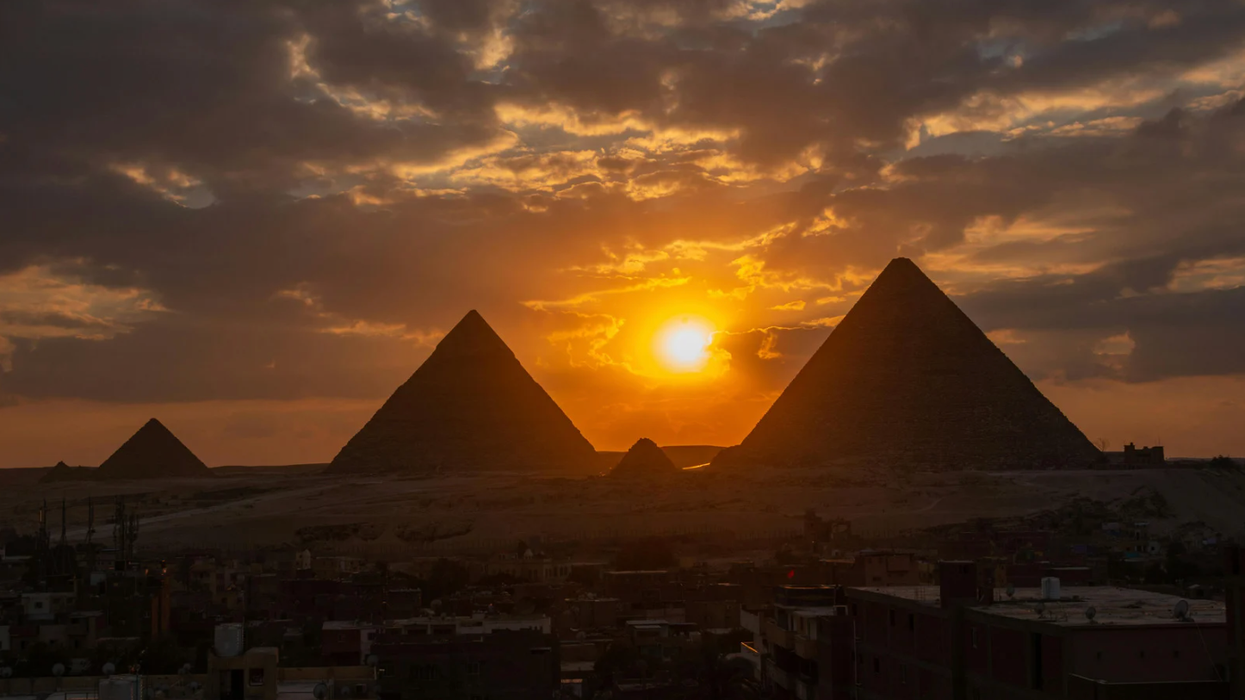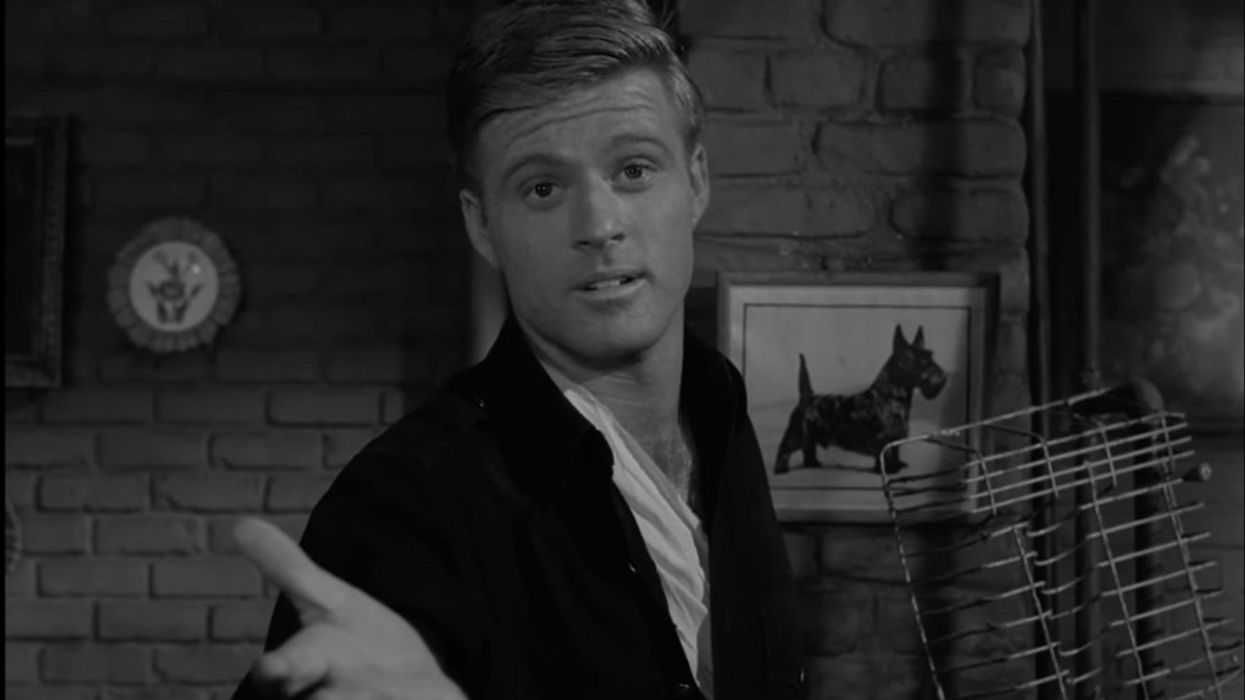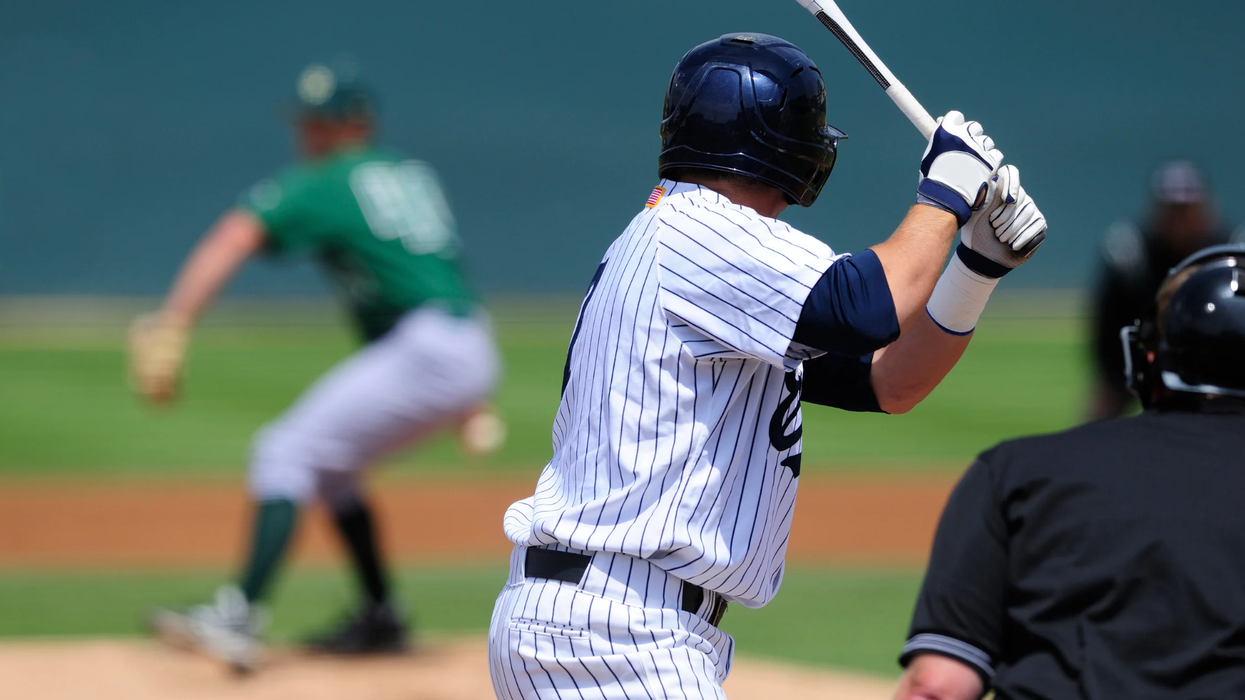The history of Thanksgiving is much deeper than you think. Plus, a Thanksgiving jam recipe.
Thanksgiving is a myth, or at least it is as taught to school children. I don't mean to be a spoil-sport. Thanksgiving is still my favorite holiday, in part because it sanctifies gluttony. More meaningfully, it also is the rare holiday that is framed by beliefs I hold dear: about nature's abundance, the vitality of kinship across the generations, and the universal brotherhood of the table.But the fond story about Pilgrims in brass-buckle shoes being saved from starvation in 1621 by kindly buckskin-clad Indians bearing gifts of wild game and corn is a legend, according to a fascinating article by food historian Andrew F. Smith that appeared in the fall, 2003, issue of the academic journal Gastronomica. The Thanksgiving meal is as laden with symbolism as sustenance; it's just that the true meaning isn't exactly what we learned in grade school.After the grave Puritans arrived on the Mayflower and established Plimoth Plantation in 1620, they promptly began to issue all sorts of thanksgiving proclamations. These "celebrations" might be declared in observance of "a military victory, a good harvest, or a providential rainfall," says Smith, but they were solemn days of prayer, not sumptuous meals shared with their First Nation brothers.It's true that there does exist a letter dated December, 1621, that mentions a big feast of wild fowl eaten with Native American king Massasoit and his men, and the missive has since been enshrined as evidence of the original thanksgiving feast. But the purpose of this letter makes it suspect: It was sent to England to attract more settlers to Plymouth Plantation. Rather than the founding document of America's a multicultural past, it's something of a hyped-up real-estate advertisement.The idea of a national day of feasting, family, and reflection belonged to the 19th century and was promulgated by an energetic writer named Sarah Josepha Hale. Best remembered by history for having penned the verses for "Mary Had a Little Lamb," Hale also wrote the 1827 novel Northwood; a Tale of New England, which included an entire chapter on thanksgiving. She laid out quite a spread: a roast turkey with stuffing, pumpkin pie, and "plates of pickles, preserves ... and all the necessaries for increasing the seasoning of the viands to the demand of each palate." This florid passage established the template for the traditional turkey dinner, the same menu sentimentalized in Norman Rockwell's 1943 painting Freedom from Want.We still eat turkey with all the trimmings today largely thanks to Hale's political acumen. She worked her connections all the way up to President Lincoln, to whom she wrote a personal letter persuading him to make thanksgiving a national holiday. In 1863, a few months after the battle of Gettysburg, Lincoln did just that, declaring the last Thursday in November as Thanksgiving Day. (But why so late in the season-long after the the harvest season has succumbed to barren frost in many parts of the country?)The idea of a thanksgiving feast, however, is older than Lincoln, Hale, or the Pilgrims. Indeed, buried beneath Rockwell's layers of sentiment and piety are the dim outlines of pagan customs of autumnal gorging. The Celts, the Germanic tribes and the Greeks all had their own version of the harvest festival, and likely the idea of feasting to celebrate the end of communal work is as old as organized agriculture itself. (Before lasagna came to The Olive Garden, it was first a traditional hay-harvest dish in the French Alps, where after a good day's work you were said to have "earned your lasagna.") In other words, I love Thanksgiving because it's older than America-even older perhaps than the Christian faith which moves many to say Grace before the meal.What Thanksgiving does have to say about America's past that is both true and worth remembering is that from the earliest Pilgrim days, the American diet has been cosmopolitan, dependent from its start on edible species from two hemispheres. The late, great Guy Davenport observes in his essay about painter Charles Burchfield:"The honey bee came over with the settlers of New England, along with the apple tree and the pear. Two enormous ecologies blended in the New World, where pumpkin, maize, persimmon, melon, and other native vegetables changed the European palate."The Thanksgiving meal heaps the bounty of these "two enormous ecologies" onto one groaning board: pumpkin pie (America) and Brussel spouts (Europe). Just as vividly, it acknowledges the bounty of the New World's aboriginal forests: the wild turkey, Meleagris gallopavo, is a native game bird that was important to the Pilgrims' survival and can still he hunted in many parts of the country today.In this sense, Thanksgiving is a testament to the culinary opportunism of trans-Atlantic immigrants who cooked everything they could find to nourish their bodies-and for that matter, their souls. That's a Thanksgiving tradition worth celebrating.As a jam-maker, I'm pleased that Hale's ur-Thanksgiving extravaganza included "preserves ... for increasing the seasoning of the viands." Today's Thanksgiving is probably the single meal in our entire food calendar when almost everyone adds a bit of little sweet preserves-cranberry jelly-to their savory plate. It's an old-fashioned thing to do, but one that is suddenly trendy again thanks to the ongoing renaissance of home-made and artisanal jams, jellies, and pickles. The Slow Food movement has helped spur interest in home canning, and Thanksgiving provides the perfect occasion for anyone who ever wanted to try his hands at making a little pot of jam.Cranberry jam is perhaps the very easiest sweet preserve to make-it's quick and virtually foolproof-and the results are vastly superior to the jello-stuff that glops out of a can.This recipe, in the spirit of the Pilgrims-and our global age-pays tribute to multiple continents: the cranberry is a native North American species (order organic berries from Cranberry Hill), apples arrived to America via Europe, and oranges, ginger and cinnamon come from Asia. You can adjust the quantity of cranberries to suit what you have, just as long as you equally adjust the amount of sugar to maintain a 1:1 ratio of berries to fruit. (Note: a heaping cup of sugar equals one-half pound.)CHUNKY CRANBERRY JAMIngredients:1 pound cranberries1 hard apple such as Arkansas Black or Granny Smith, peeled, cored and sliced into 1/2-inch chunks1 cup water2 cups sugar1 tablespoon chopped fresh ginger or crystallized ginger3 inch cinnamon stickzest of 1 orange in finest possible threads1 teaspoon vodka1/4 cup chopped pecans1: Rinse cranberries and put in a kettle with water, cubed apple, ginger, cinnamon stick, and orange zest. Bring to a boil and simmer for 5 minutes until berries pop.2: Add sugar to the kettle and return to a gentle boil, stirring constantly. Once the sugar has fully dissolved, add vodka and nuts and cook for 2-3 minutes more until thickened, stirring carefully to prevent scorching.3: Remove cinnamon stick and serve or refrigerate in a covered container for up to two weeks. If you want to can the jam: ladle hot jam into prepared 1/2 pint jars and seal. Process sealed jars in a boiling water bath for 10 minutes.Banner art: Jean Leon Gerome Ferris, The First Thanksgiving, 1621 (1919)Guest blogger Kevin West is West Coast editor of W Magazine and the proprietor of the canning website Saving the Season. He'll give a free demonstration of how to make cranberry jam and persimmon butter at Surfas in Los Angeles on Saturday, Nov. 7, at 11:00 a.m.
















 Otis knew before they did.
Otis knew before they did.